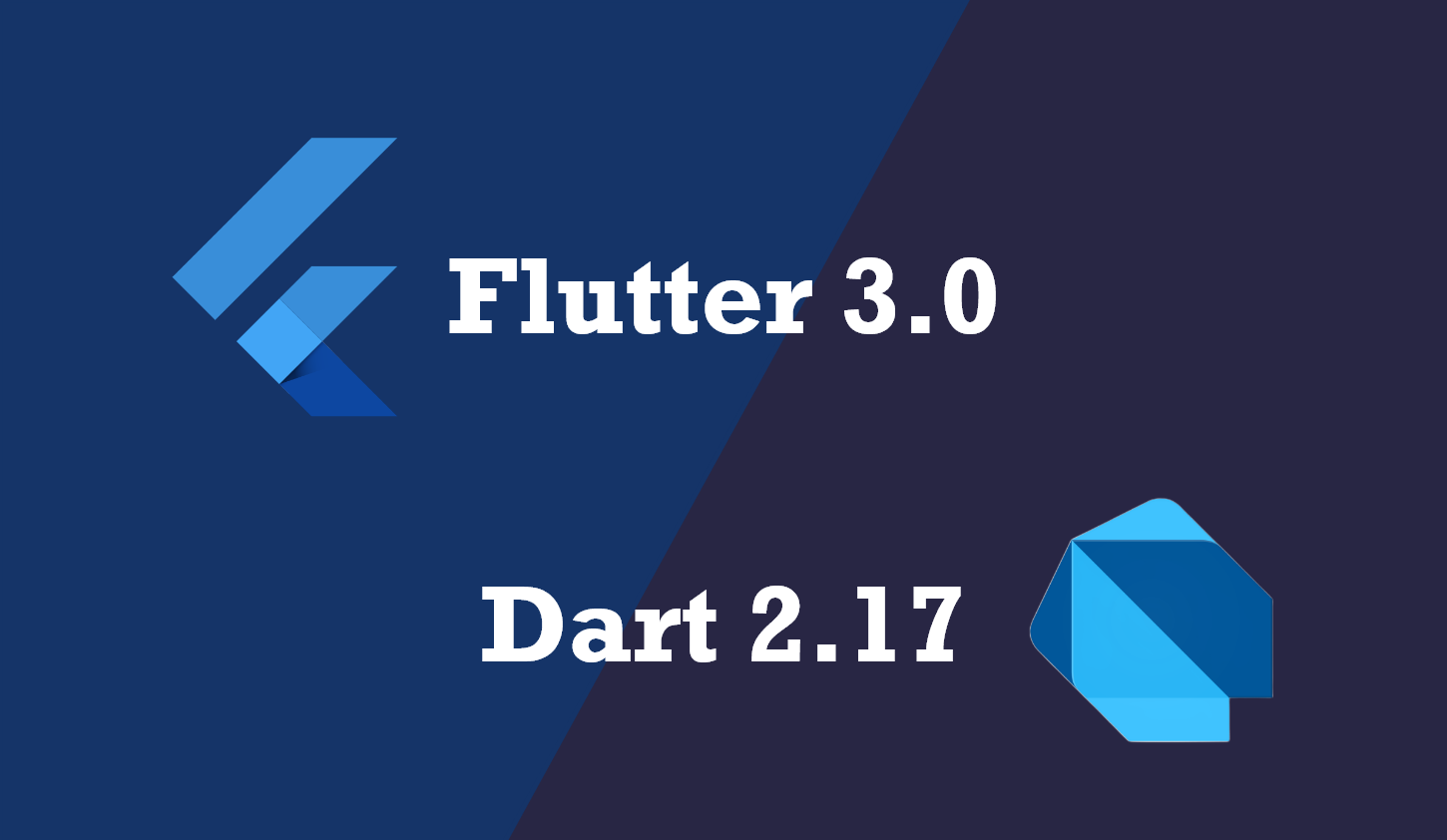Flutter 3.0 – What’s New

Recently Flutter 3.0 has been launched in Google I/O 2022 event with providing more feature in existing framework. A Little time back Google have launched Flutter 2.10 and now here new version on top of it.
In this blog, we will discuss that what’s new and exciting features of Flutter 3.0, that mobile app developers should know.
What’s New in Flutter 3.0
Firebase support
Firebase is a Backend-As-A-Service for Flutter developers, providing them with hosted backend services such as Cloud storage, real-time database, crash reporting, and more. With Flutter 3.0, the Firebase’s core integration with the platform becomes more robust and more powerful.
Google has now moved the source code and documentation into the core part of the Firebase offering, which is the main Firebase repository and site, thereby providing Flutter developers with a powerful backend service for creating better and more feature-rich mobile apps.
Google is also developing a suite of Flutter plugins that will make it easier to use Firebase. Firebase Crashlytics is another new update, wherein developers can checkout errors and crash in real-time.
Flutter casual games toolkit
With Flutter 3.0, Google has introduced the Casual Games Toolkit, which will enable developers to create and launch casual games from scratch.
Since its open-source, Flutter developers will be now able to integrate several new and exciting features via this games toolkit, and with integration-ready features (in-app purchases, play services, Firebase, and more) and a single codebase, developers will be able to seamlessly create new games using Flutter platform.
Since Flutter already supports hardware-accelerated graphics, creating future-ready games on Flutter has become more exciting, and seamless.
MacOS & Linux support in Stable
With Flutter 3.0, developers can now create apps for macOS and Linux operating systems as well. When Flutter was initially launched, it supports Android and iOS platforms, which gradually expanded to Windows, Web, and embedded devices.
With MacOS and Linux support, the spectrum and reach of Flutter have now further expanded.
Dart 2.17
Dart SDK within Flutter gets a new update with Flutter 3.0. The new Dart language: 2.17 will be now accessible to all Flutter developers (and also to those who don’t use Flutter!)
The hallmark feature of Dart 2.17 is the ability for developers to extend enums and override its default functions, too. This enables enums to act quite a lot like custom-written classes.
Web and Mobile Updates in Flutter 3
Here you will see the key features of Flutter 3 in terms of web and mobile
Mobile Updates
iOS Variable Refresh Rate Support
Flutter 3 will be supporting variable refresh rate on iOS devices having ProMotion displays, along with iPhone 13 pro and iPad pro. Flutter apps can contribute at 120 hz refresh rates that were earlier limited to 60 hz on these devices.
The increase in hz helps have a smoother experience during animations.
Foldable Phone Support
Flutter 3 will be able to support foldable mobile devices as well by having a collaboration with Microsoft. These new features enable developers to have dynamic and productive experiences on foldable devices.
Streamlined iOS Releases
Now Flutter 3 comes up with a new option to create an ipa command for the simplified launch of your iOS application.
Web Updates
Web App lifecycle
With Flutter’s new lifecycle API for web applications, you can get the flexibility to have control over the bootstrap process of your Flutter app from the hosting HTML page.
And it also helps Lighthouse to examine the performance of your app. This is applicable to many use-cases to ease down your process of development.
Image Decoding
Flutter web is now automatically able to perceive and use the imagecoder API in the browser.
This updated API decodes images asynchronously off the core thread by using the browser’s built-in image codecs. With this, the speed of images goes up by 2x without blocking the main thread and it removes all the jank which was earlier caused by images.
Fundamental enhancements
Besides these updates, a lot of fundamental elements and features within Flutter have been updated and enhanced with Flutter 3.0.
Flutter’s latest version will now support Material Design 3, which will make the UI of the mobile apps more polished, intuitive, and user-friendly.
Additionally, Flutter 3.0 is now fully native to Apple’s M1 processor, which translates to faster speed and seamless compilation.
If you are planning to develop a new mobile app using Flutter 3.0’s amazing capabilities, then look no further!
What can be Next?
Well, one of the highlights that Flutter 3 has been launched with is it has reached the 6 extensive platforms: Android, iOS, Web, Windows, macOS, and Linux. Now the main question people might ask is “what’s next?”
Tim Sneath, Google’s product manager for Flutter has mentioned that creating support for those platforms was meant to give Flutter a robust foundation to develop upon.
Google will continue to build upon it in two major avenues: to revamp developer productivity and expand what Flutter can do in near future, So there can be nore in .